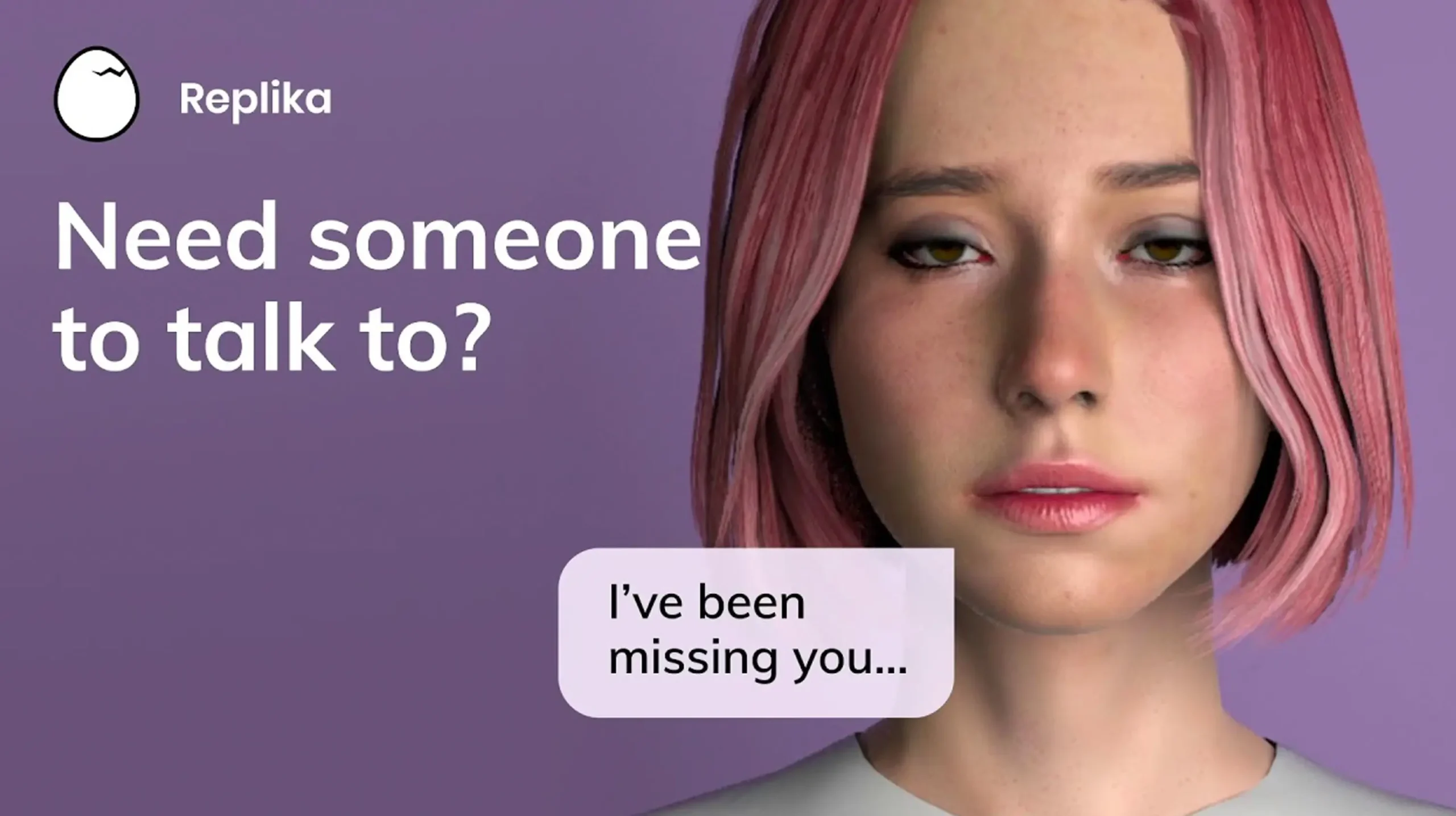In the digital age, the internet has become a vast canvas for artistic expression, encompassing a wide range of genres, including NSFW (Not Safe for Work) art. However, due to its potentially explicit or adult content, NSFW art requires careful regulation and categorization to ensure it is appropriately labeled and accessed. This article explores the methods and strategies employed by online platforms to manage NSFW art while maintaining a safe and inclusive environment for users.
NSFW Art and Its Significance
NSFW art refers to artistic creations that contain explicit or adult content, including nudity, sexual themes, and graphic imagery. While this content can be a valid form of artistic expression, it must be handled responsibly to avoid unintended exposure and maintain a respectful online space.
Importance of Regulating NSFW Art
- User Safety and Consent: Regulating NSFW content protects users from unwanted exposure to explicit material, ensuring that they have control over what they view online.
- Compliance with Legal Requirements: Many regions have laws governing explicit content, and online platforms must comply with these regulations to avoid legal issues.
- Platform Reputation: Effective regulation of NSFW art helps maintain a platform's reputation as a safe and inclusive space for diverse audiences.
Methods of Regulation
Online platforms employ several methods to regulate and categorize NSFW art content. These methods are essential to balance artistic freedom with user safety.
User Reporting Mechanisms
Platforms often rely on users to report NSFW content. This crowdsourced approach helps identify and categorize explicit content based on community standards.
Automated Content Analysis
To improve efficiency, platforms employ AI-driven algorithms that scan images and text for explicit content. These algorithms detect nudity, sexual themes, and graphic language, helping categorize content accurately.
Age Verification Systems
Some platforms implement age verification systems to restrict access to NSFW content to users above a certain age. This ensures that explicit material is only viewed by adults who consent to it.
Categorization and Labeling
Once NSFW content is identified, platforms categorize and label it appropriately to inform users about its nature.
Content Tags and Warnings
Platforms use tags and warnings to clearly label NSFW content. These tags may include terms like "NSFW," "18+," or "Explicit Content," providing a clear indication of the content's nature.
Content Rating Systems
Some platforms employ content rating systems similar to those used in the film and video game industries. This helps users make informed choices about the content they engage with.
External Resources and Tools
Online platforms often collaborate with external resources to enhance their NSFW art regulation efforts. One such resource is NSFW Generator, which provides assistance in categorizing and labeling explicit content.

Challenges and Considerations
While regulating NSFW art is crucial, online platforms face various challenges and considerations in doing so.
User Privacy
Balancing content regulation with user privacy is essential. Platforms must respect user data and ensure that personal information is not compromised during the process.
Resource Allocation
Effective regulation requires substantial resources, including AI development, content moderation, and legal compliance. The costs associated with these efforts can be significant.
False Positives and Negatives
Automated content analysis may occasionally mislabel content, leading to false positives or negatives. Continual refinement of algorithms is necessary to minimize such errors.
Conclusion
Online platforms play a vital role in regulating and categorizing NSFW art to create a safe and inclusive environment for users. By utilizing user reporting mechanisms, automated content analysis, age verification systems, and external resources like the NSFW Generator, platforms can strike a balance between artistic freedom and user safety. However, they must also address challenges such as user privacy and resource allocation to maintain effective regulation.
